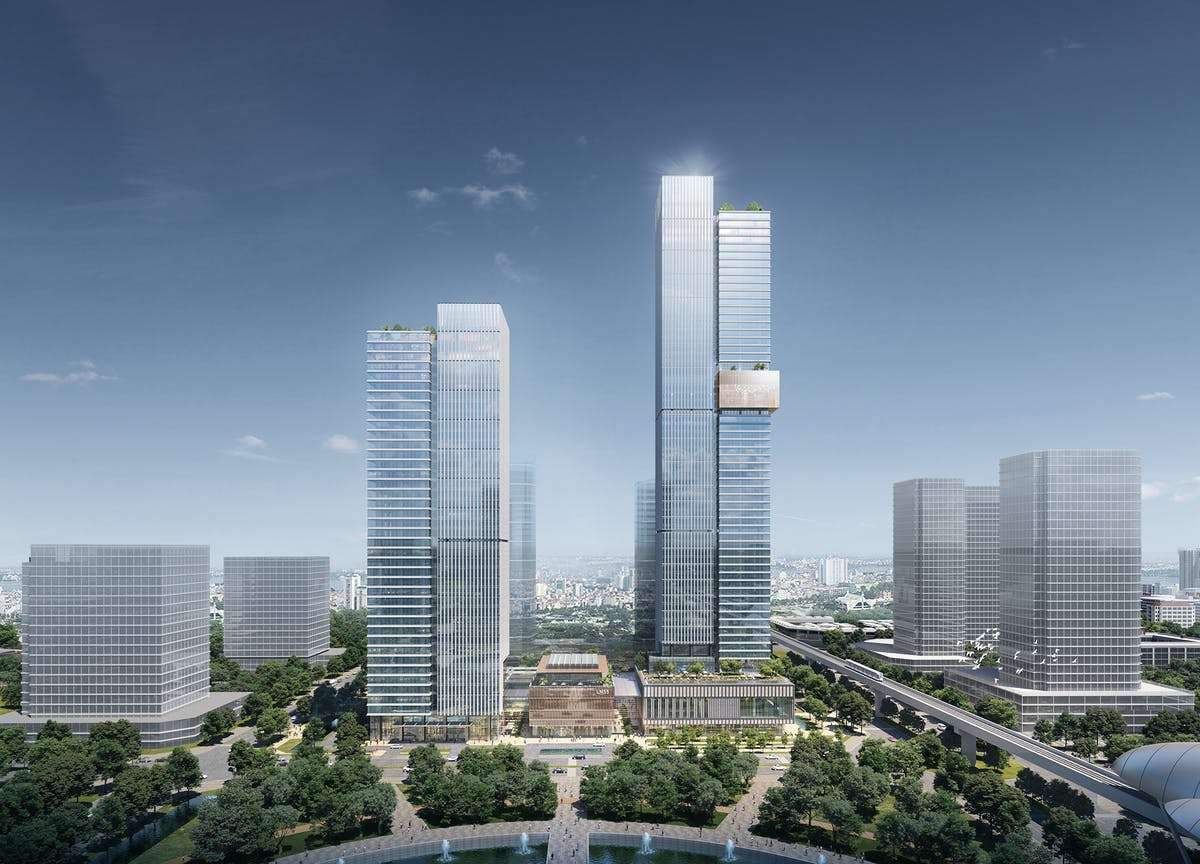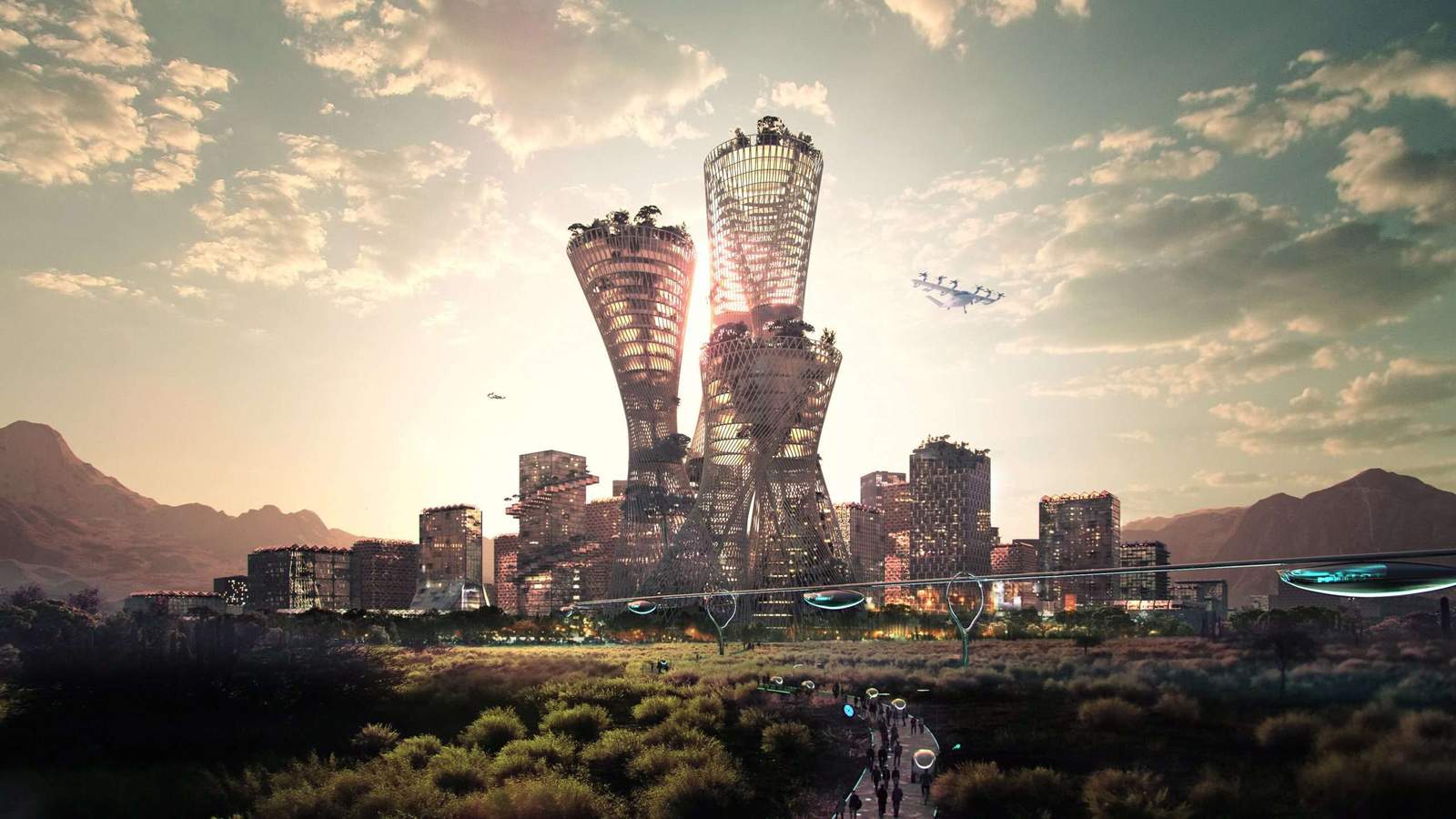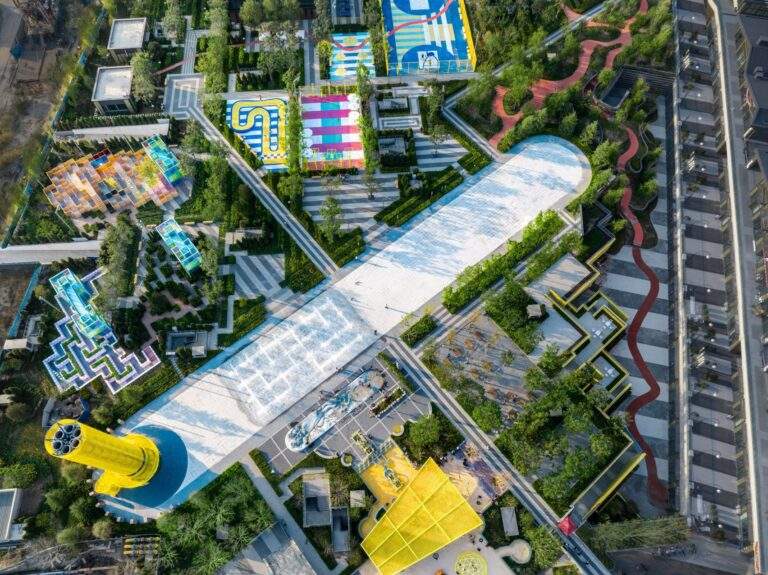The Role of Technology in Modern Architecture: Smart Buildings and Beyond
The advent of technology has revolutionized various industries, and architecture is no exception. With the rise of smart buildings, the integration of advanced technologies into architectural practices is changing how we design, construct, and manage buildings. These innovative structures not only enhance functionality and efficiency but also prioritize occupant comfort and safety. This article explores the impact of technology on modern architecture and its implications for future developments.
What Are Smart Buildings?
Smart buildings are characterized by the integration of automation, sensors, and connected devices that enable real-time monitoring and management of building systems. These structures utilize data-driven approaches to optimize energy use, enhance security, and improve the overall user experience. By employing technologies such as the Internet of Things (IoT), artificial intelligence (AI), and machine learning, smart buildings create responsive environments that adapt to the needs of their occupants.
Benefits of Smart Buildings
- Energy Efficiency: One of the primary benefits of smart buildings is their ability to significantly reduce energy consumption. Automated systems can adjust lighting, heating, and cooling based on occupancy levels and external conditions. For example, smart thermostats can learn user preferences and make real-time adjustments to optimize energy use. This not only lowers utility bills but also contributes to sustainability efforts by reducing carbon emissions.
- Enhanced Comfort: Smart buildings prioritize occupant comfort by providing personalized environments. Through smart technology, occupants can control lighting, temperature, and ventilation to suit their preferences. For instance, integrated systems can adjust window shades to maximize natural light while minimizing heat gain, creating a comfortable indoor environment. The Google Campus in Mountain View, California, exemplifies this approach by incorporating customizable workspaces that adapt to the needs of employees.
- Improved Security: Advanced security systems are a crucial component of smart buildings. These systems often include surveillance cameras, access control mechanisms, and real-time monitoring to enhance safety. In the event of a security breach or emergency, smart buildings can quickly alert occupants and first responders, ensuring a swift response. The One World Trade Center in New York integrates state-of-the-art security technology, providing a secure environment for its occupants.
Examples of Smart Buildings
The Edge in Amsterdam stands as a prime example of a smart building, featuring an extensive array of sensors that monitor energy usage, lighting, and temperature. This data-driven approach allows for optimal resource management while enhancing the comfort and productivity of its occupants. Another notable project is the Vancouver House in Canada, which employs smart technology to optimize energy consumption and create a sustainable living environment.
In addition to these examples, smart technologies are being increasingly integrated into residential buildings. For instance, smart home systems enable homeowners to control lighting, security, and climate remotely, enhancing convenience and energy efficiency.
Future Implications of Technology in Architecture
As technology continues to evolve, the potential for smart buildings to reshape our architectural landscape is immense. Emerging technologies, such as augmented reality (AR) and virtual reality (VR), have the potential to transform the design process, allowing architects to create immersive experiences for clients and stakeholders. Furthermore, advancements in sustainable building materials and construction techniques will enable the development of eco-friendly structures that meet the demands of modern living.
Conclusion
The role of technology in modern architecture is transformative, paving the way for smart buildings that enhance efficiency, comfort, and security. By leveraging data-driven approaches and integrating advanced systems, architects can create responsive environments that cater to the needs of occupants. As we move towards a future defined by innovation and sustainability, embracing technology in architecture will be crucial in shaping the built environment for generations to come.
Finally, find out more on ArchUp:







